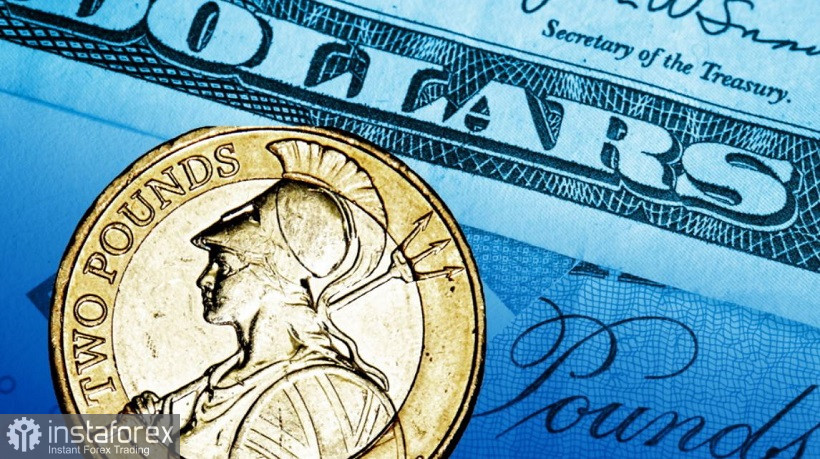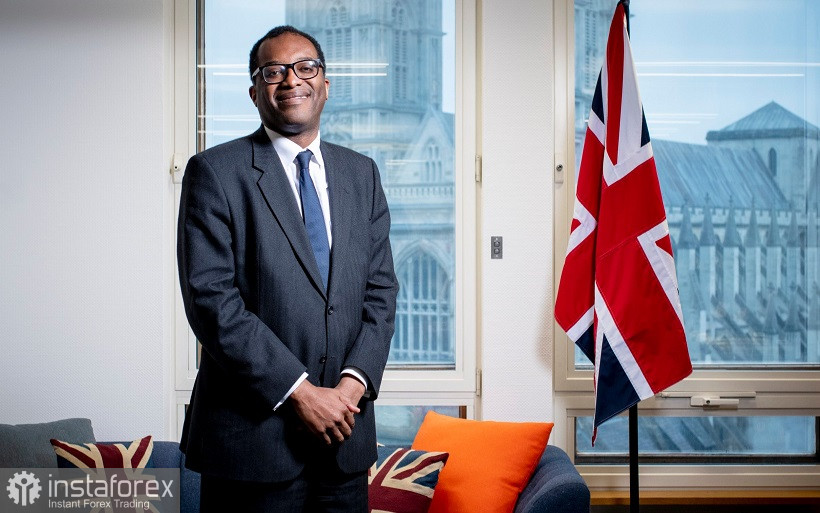The pound paired with the dollar today for the first time approached the level of parity. More recently, such a scenario seemed fantastic – even the possible parity of the euro with the dollar was once discussed with great skepticism. But life dictates its own rules: to date, just a few hundred points left before the 1.0000 level for the GBP/USD pair. At the peak of the downward momentum, the pair was marked at 1.0345. This is a new historical low. The scale of the disaster is comparable to the events in 2016, when the British currency fell by approximately 16% in six months, after the announcement of the results of the referendum on Britain's withdrawal from the EU. This year, the pound has already lost 20% against the dollar, updating the historical price anti-record along the way.

In my opinion, today we are witnessing a kind of culmination of the processes that took place over the previous few weeks. On a "black" Monday for the British currency, the spring was sharply released, which had been compressed for quite a long time. I would like to note that the GBP/USD pair crossed the key support level of 1.1000 not on Monday, but at the end of last week, when the new Finance Minister Kwasi Kwarteng announced a historic tax cut due to the largest increase in borrowing since 1972. In addition, the results of the Bank of England's September meeting were announced last week. The indecisiveness of the British central bank, which raised the interest rate by 50 basis points (instead of the widely expected 75-point increase), only added fuel to the fire.
In general, today's triumph of the GBP/USD bears is the merit of the new British Prime Minister Liz Truss, who, as you know, replaced Boris Johnson. Her victory was announced a long time ago, in early September, but due to the death of Queen Elizabeth II, the first economic decisions in Downing Street were made only now.
This suggests that the clouds over the pound began to thicken at the end of the summer, when Truss became the clear favorite of the election race. Many prominent British economists then began to ring the bells, warning of the negative consequences of her decisions, declared in election slogans. For example, the former deputy head of the British central bank Charlie Bean (who was also the chief economist of the central bank) said that if Truss wins the race for the prime minister's chair and implements his intentions, the UK faces a "deeper and longer recession." First of all, Bean was concerned about plans to reduce taxes and increase spending. At the same time, Liz Truss's rival, Rishi Sunak, who previously served as finance minister, also criticized her initiatives in the field of taxation. According to him, it will be "extremely problematic" for the new government to have a permanent deficit to finance tax cuts.
Nevertheless, the new head of the British Finance Ministry, Kwasi Kwarteng, announced his mini-budget last Friday with an emphasis on tax cuts. The new concept involves the rejection of the previously planned increase in corporate income tax from 19% to 25%; reduction of the basic rate of personal income tax (from 20 to 19%); the abolition of the 45% personal income tax on incomes above 150,000 pounds per year, as well as the abolition of the increase in the rate of insurance premiums by 1.25 percentage points.

All this suggests that the bearish mood for the GBP/USD pair will continue. However, at the moment it is risky to go into short positions, given the abnormally high volatility. In my opinion, the pair will stabilize in the coming days and will determine for itself a new price range within which it will trade until the next downward breakthrough. To date, it is advisable to take a wait-and-see attitude for the pair.





















